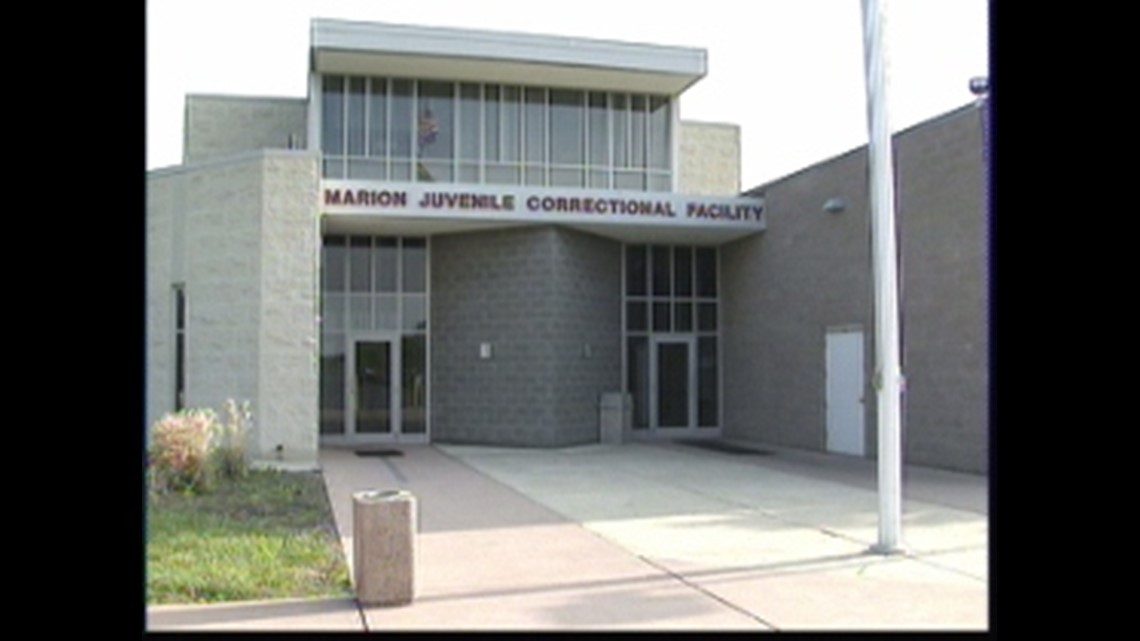
Ohio Governor Announces Plan to Close Large Youth Correctional Facilities
In a bold move to reform the state's juvenile justice system, Ohio Governor Mike DeWine has announced plans to shut down the state's three large youth correctional facilities. The decision, revealed on Tuesday, aims to replace these institutions with smaller, more decentralized units that better serve the needs of young offenders.
The governor's announcement comes in response to recommendations from a specially assembled working group. This group urged the state to move away from the current model of youth incarceration, citing evidence that young people do not respond well to adult-style imprisonment.
The working group's recommendations also include:
- Ceasing the incarceration of first-time, non-violent teenage offenders in state youth prisons
- Ending the practice of detaining children under 14 in these facilities
This decision follows a comprehensive investigation by local newspapers into Ohio's juvenile justice system. The probe uncovered disturbing findings, including:
- Routine violence and neglect experienced by incarcerated youth
- Chronic understaffing and safety threats faced by facility employees
- A lack of rehabilitation and support for young offenders
- Increased trauma for many youths, exacerbating existing behavioral issues
Statistics show that teens who enter the system have a 40% chance of returning to custody and face a higher risk of early, violent death.
While Ohio's move is promising, similar efforts in other states have faced challenges. For instance, Los Angeles County's attempt to implement a similar plan has encountered obstacles, including the reopening of a previously closed juvenile hall due to operational issues.
Nationwide, juvenile justice systems grapple with understaffing, leading to unsafe conditions and poor outcomes for both youth and staff. Some states have resorted to transferring adult corrections employees to youth facilities, raising concerns about their ability to handle the unique needs of young offenders.
As Ohio moves forward with its plan, it will need to address these challenges and learn from the experiences of other states. The success of this initiative will depend on careful planning, adequate resources, and a commitment to prioritizing rehabilitation over punishment in the juvenile justice system.